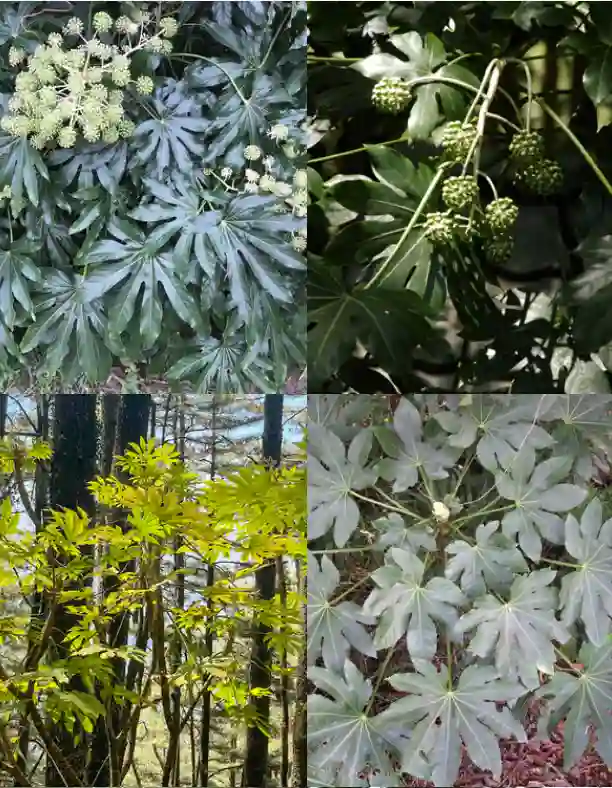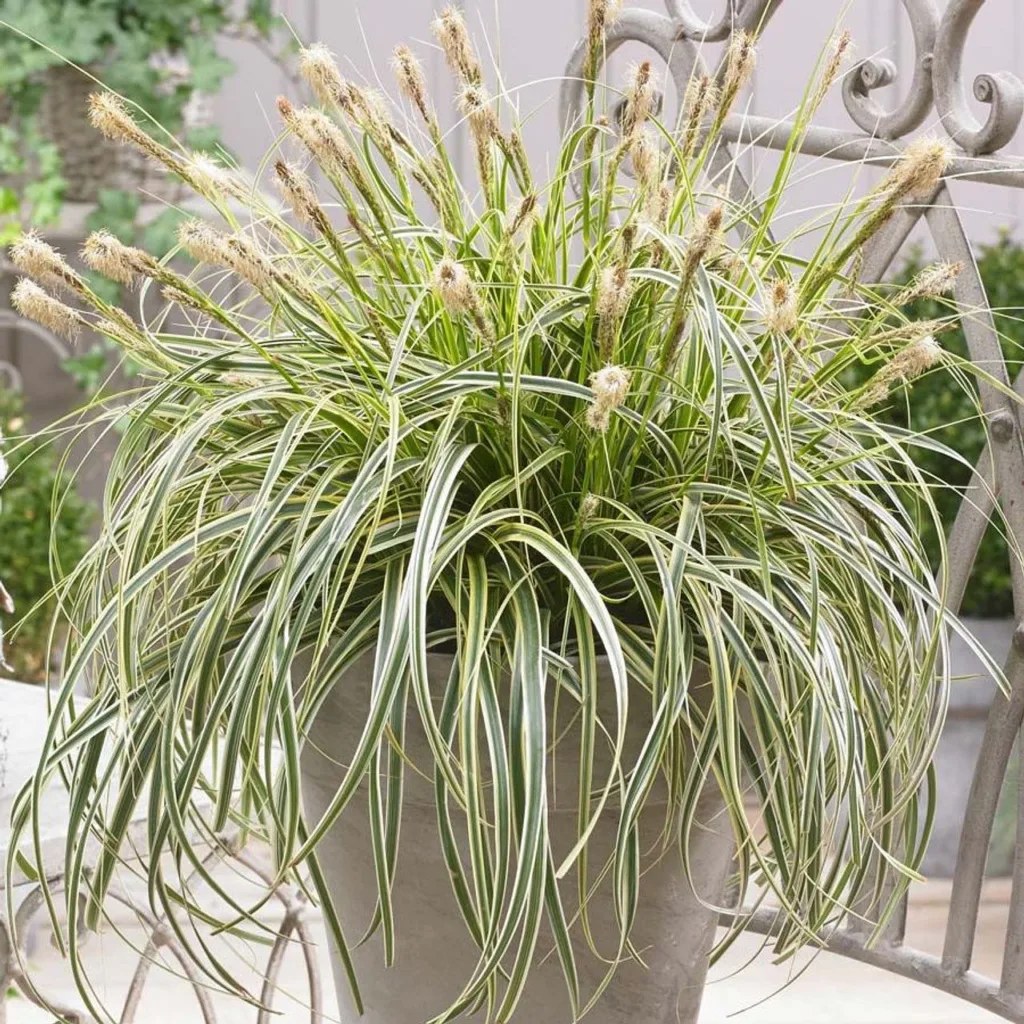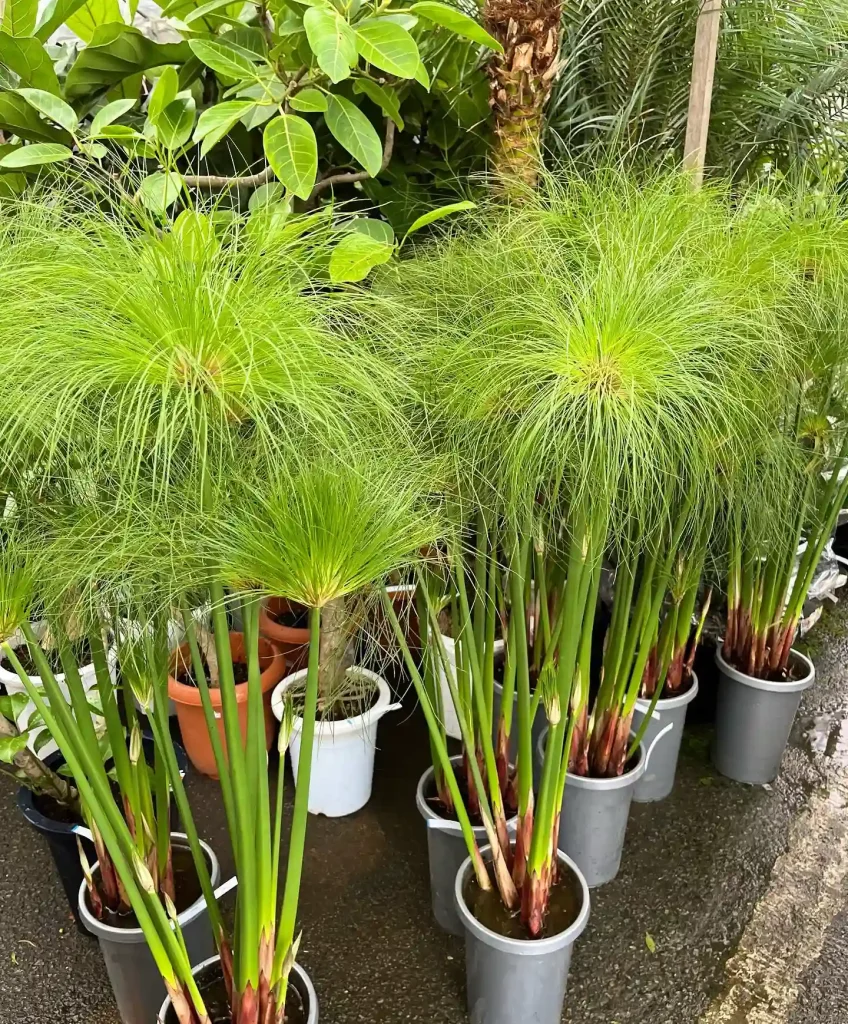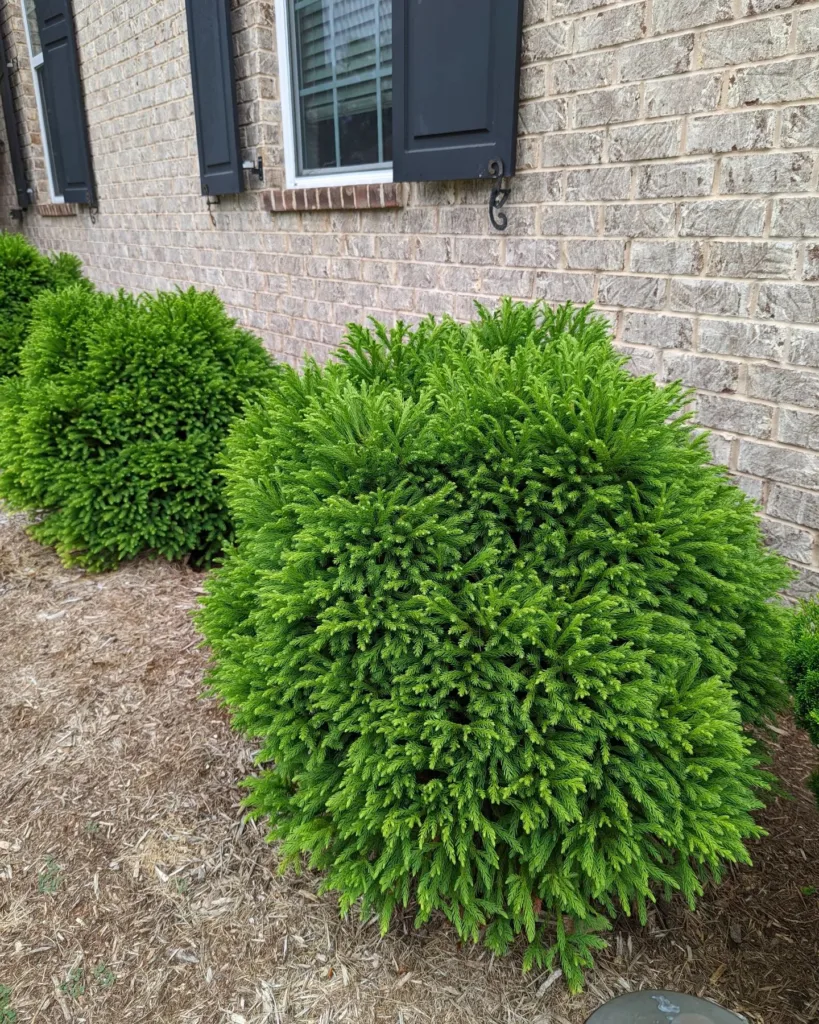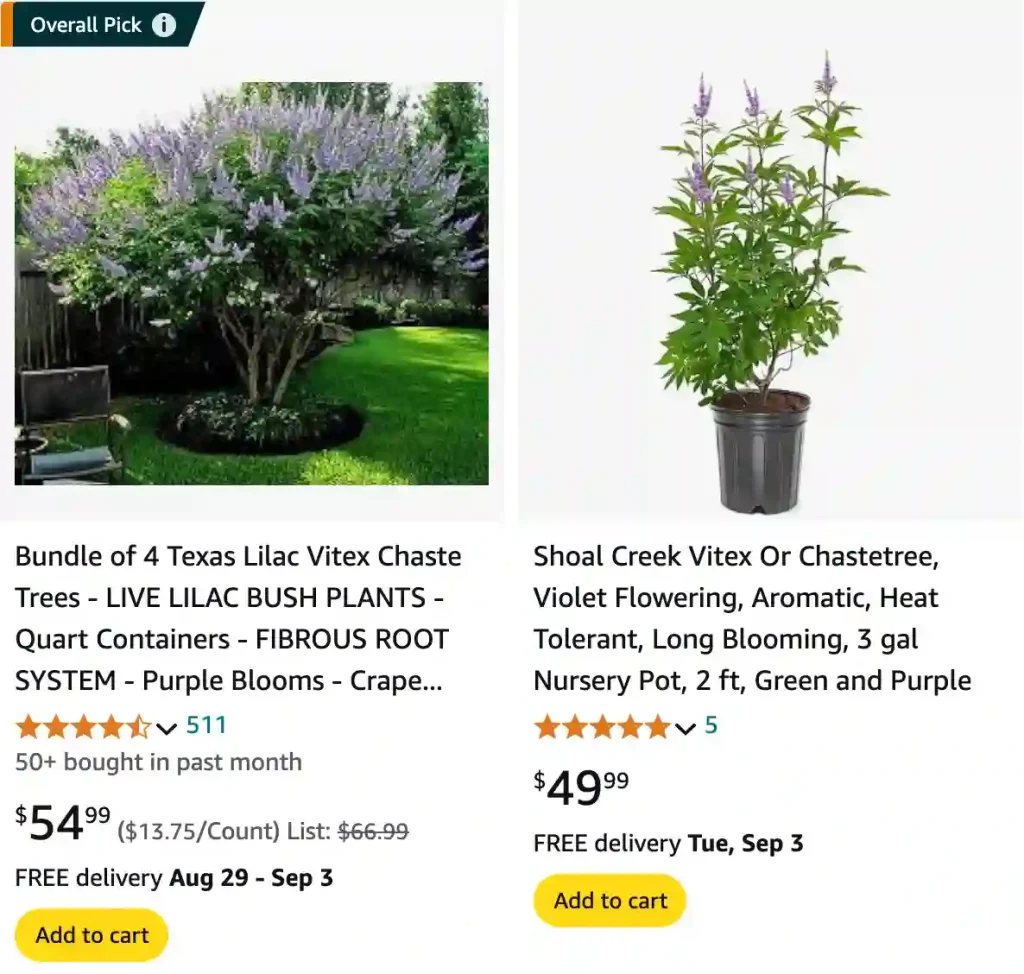
FAQs About Vitex Tree
I’ve had my share of experiences with the Vitex genus belong to the Lamiaceae family, and I’ve learned quite a bit about it over the years. If you’re considering adding this beautiful tree to your garden or just curious about its characteristics, I hope this FAQ will help you understand it better.
Vitex species
- Vitex acuminata R.Br.
- Vitex acunae Borhidi & O.Muñiz
- Vitex agelaeifolia Mildbr. ex W.Piep.
- Vitex agnus-castus L. Plant FAQs: Vitex Agnus Shoal Creek – Shoal Creek Vitex
- Vitex ajugiflora Dop
- Vitex altissima L.f.
- Vitex amaniensis W.Piep.
- Vitex angolensis Gürke
- Vitex aurea Moldenke
- Vitex axillariflora (Merr.) Bramley
- Vitex barorum (Humbert) Callm. & Phillipson
- Vitex befotakensis Moldenke
- Vitex benuensis Engl. ex W.Piep.
- Vitex beraviensis Vatke
- Vitex betsiliensis Humbert
- Vitex bicolor Willd.
- Vitex bogalensis Wernham
- Vitex bojeri Schauer
- Vitex bracteata Scott Elliot
- Vitex brevilabiata Ducke
- Vitex brevipetiolata Moldenke
- Vitex buchananii Baker ex Gürke
- Vitex burmensis Moldenke
- Vitex caespitosa Exell
- Vitex calothyrsa Sandwith
- Vitex canescens Kurz
- Vitex capitata Vahl
- Vitex carbunculorum W.W.Sm. & Ramaswami
- Vitex cauliflora Moldenke
- Vitex cestroides Baker
- Vitex chrysleriana Moldenke
- Vitex chrysocarpa Planch.
- Vitex chrysomallum Steud.
- Vitex ciliata Pierre ex Pellegr.
- Vitex clementis Britton & P.Wilson
- Vitex cochinchinensis Dop
- Vitex cofassus Reinw. ex Blume
- Vitex collina (Montrouz.) Beauvis.
- Vitex columbiensis Pittier
- Vitex compressa Turcz.
- Vitex congolensis De Wild. & T.Durand
- Vitex cooperi Standl.
- Vitex coursii Moldenke
- Vitex cuspidata Hiern
- Vitex cymosa Bertero ex Spreng.
- Vitex degeneriana Moldenke
- Vitex dinklagei Gürke
- Vitex discoideoglandulosa De Wild.
- Vitex divaricata Sw.
- Vitex diversifolia Kurz ex C.B.Clarke
- Vitex djumaensis De Wild.
- Vitex doniana Sweet
- Vitex duckei Huber
- Vitex duclouxii Dop
- Vitex eberhardtii Dop
- Vitex elakelakensis Moldenke
- Vitex excelsa Moldenke
- Vitex farafanganensis Moldenke
- Vitex ferruginea Schumach. & Thonn.
- Vitex fischeri Gürke
- Vitex flava Ridl.
- Vitex flavens Kunth
- Vitex floridula Duchass. & Walp.
- Vitex francesiana I.Darbysh. & Goyder
- Vitex froesii Moldenke
- Vitex gabunensis Gürke
- Vitex gamosepala Griff.
- Vitex gardneriana Schauer
- Vitex gaumeri Greenm.
- Vitex gigantea Kunth
- Vitex glabrata R.Br.
- Vitex golungensis Baker
- Vitex grandidiana W.Piep.
- Vitex grandifolia Gürke
- Vitex guanahacabibensis Borhidi
- Vitex guianensis Moldenke
- Vitex harveyana H.Pearson
- Vitex hemsleyi Briq.
- Vitex heptaphylla A.Juss.
- Vitex hirsutissima Baker
- Vitex hispidissima (Seem.) Callm. & Phillipson
- Vitex holoadenon Dop
- Vitex holocalyx Baker
- Vitex humbertii Moldenke
- Vitex humblotiana Callm. & Phillipson
- Vitex hypoleuca Schauer
- Vitex ibarensis Baker
- Vitex integrifolia Urb.
- Vitex iraquensis Moldenke
- Vitex klugii Moldenke
- Vitex krukovii Moldenke
- Vitex kwangsiensis C.Pei
- Vitex lanigera Schauer
- Vitex lastellei Moldenke
- Vitex leandrii Moldenke
- Vitex leucoxylon L.f.
- Vitex lignum-vitae A.Cunn. ex S.Schauer
- Vitex limonifolia Wall. ex C.B.Clarke
- Vitex lindenii Hook.f.
- Vitex lobata Moldenke
- Vitex lokundjensis W.Piep.
- Vitex longisepala King & Gamble
- Vitex lowryi Callm., Phillipson & G.E.Schatz
- Vitex lucens Kirk
- Vitex macrofoliola Moldenke
- Vitex madagascariensis Moldenke
- Vitex madiensis Oliv.
- Vitex maranhana Moldenke
- Vitex marquesii W.Piep.
- Vitex martii Moldenke
- Vitex masoalensis G.E.Schatz
- Vitex masoniana Pittier
- Vitex mcphersonii Callm. & Phillipson
- Vitex medusaecalyx H.J.Lam
- Vitex megapotamica (Spreng.) Moldenke
- Vitex melicopea F.Muell.
- Vitex menabeensis Capuron
- Vitex micrantha Gürke
- Vitex microphylla Moldenke
- Vitex millsii M.R.Hend.
- Vitex mollis Kunth
- Vitex mombassae Vatke
- Vitex mooiensis H.Pearson
- Vitex morogoroensis Walsingham & S.Atkins
- Vitex mossambicensis Gürke
- Vitex negundo L. Plant FAQs: Vitex Negundo
- Vitex novae-pommeraniae Warb.
- Vitex obovata E.Mey.
- Vitex orinocensis Kunth
- Vitex oscitans Moldenke
- Vitex oxycuspis Baker
- Vitex pachyclada Baker
- Vitex panshiniana Moldenke
- Vitex parviflora A.Juss.
- Vitex patula E.A.Bruce
- Vitex payos (Lour.) Merr.
- Vitex peduncularis Wall. ex Schauer
- Vitex perrieri Danguy
- Vitex pervillei Baker
- Vitex petersiana Klotzsch
- Vitex phillyreifolia Baker
- Vitex pierreana Dop
- Vitex pierrei Craib
- Vitex pinnata L.
- Vitex polygama Cham.
- Vitex pomerana Fraga, Antar, J.Freitas & Lírio
- Vitex pooara Corbishley
- Vitex praetervisa Borhidi
- Vitex pseudolea Rusby
- Vitex pulchra Moldenke
- Vitex pyramidata B.L.Rob.
- Vitex queenslandica (Munir) Bramley
- Vitex quinata (Lour.) F.N.Williams
- Vitex rabenantoandroi Callm. & Phillipson
- Vitex regnelliana Moldenke
- Vitex rehmannii Gürke
- Vitex resinifera Moldenke
- Vitex rivularis Gürke
- Vitex rotundifolia L.f.
- Vitex rubra Moldenke
- Vitex rubroaurantiaca De Wild.
- Vitex rufescens A.Juss.
- Vitex sampsonii Hance
- Vitex scabra Wall. ex Schauer
- Vitex scandens Moldenke
- Vitex schaueriana Moldenke
- Vitex schliebenii Moldenke
- Vitex schomburgkiana Schauer
- Vitex schunkei Moldenke
- Vitex seineri Gürke ex Piep.
- Vitex sellowiana Cham.
- Vitex siamica F.N.Williams
- Vitex snethlagiana Huber ex Moldenke
- Vitex sprucei Briq.
- Vitex stahelii Moldenke
- Vitex stellata Moldenke
- Vitex strickeri Vatke & Hildebrandt
- Vitex stylosa Dop
- Vitex teloravina Baker
- Vitex thailandica Bramley
- Vitex thorelii Dop
- Vitex thyrsiflora Baker
- Vitex tomentosa (Munir) Bramley
- Vitex tomentulosa Moldenke
- Vitex trichantha Baker
- Vitex triflora Vahl
- Vitex trifolia L.
- Vitex tripinnata (Lour.) Merr.
- Vitex tristis Scott Elliot
- Vitex turczaninowii Merr.
- Vitex ugogoensis Verdc.
- Vitex umbrosa Sw.
- Vitex uniflora Baker
- Vitex urbanii (Ekman) Bramley
- Vitex vansteenisii Moldenke
- Vitex vauthieri DC. ex Schauer
- Vitex velutinifolia Munir
- Vitex vestita Wall. ex Walp.
- Vitex villosissima (Moldenke) Callm. & Phillipson
- Vitex vitilevuensis (Munir) Bramley
- Vitex vondrozensis Moldenke
- Vitex waterlotii Danguy
- Vitex wimberleyi Kurz
- Vitex yaundensis Gürke
- Vitex yunnanensis W.W.Sm.
- Vitex zanzibarensis Vatke
- Vitex zenkeri Gürke
- Vitex zeyheri Sond. ex Schauer
- Vitex zigzag Callm. & Phillipson
How to Prune a Vitex Tree?
Pruning a Vitex Tree is pretty straightforward. I usually start by removing any dead or damaged branches to promote healthy growth. The best time to prune is late winter or early spring before the new growth begins. I like to shape the tree to ensure it has a good structure and to prevent it from becoming too leggy. If you want to encourage a more compact shape, you can also perform light pruning throughout the growing season.
When Do Vitex Trees Bloom?
Vitex Trees bloom from late spring to early fall. I’ve noticed that the flowering period can vary depending on the climate and growing conditions. In warmer regions, you might see blooms starting in late spring and continuing through the summer, while in cooler climates, the blooming season might be shorter.
How Fast Do Vitex Trees Grow?
Vitex Trees are known for their relatively fast growth rate. In ideal conditions, they can add several feet of growth each year. I’ve found that with plenty of sunlight and well-drained soil, my Vitex Trees have grown rapidly and have quickly become a focal point in my garden.
Where to Buy a Vitex Tree Near Me?
Finding a Vitex Tree can be as easy as visiting a local nursery or garden center. I often check with nearby garden stores or even online plant retailers. Sometimes, local farmers’ markets or plant fairs also have Vitex Trees available. If you’re having trouble finding one, online plant shops can be a great resource too.
Are Vitex and Chaste Tree the Same Thing?
Yes, Vitex Trees and Chaste Trees are the same. Vitex is often referred to as Chaste Tree because of its historical use in medicinal practices. They share the same genus, Vitex, and have similar growing requirements and characteristics.
Are Vitex Trees Evergreen?
Vitex Trees are not evergreen. They’re deciduous, meaning they shed their leaves annually. I’ve seen them lose their foliage in late fall or early winter, but they usually leaf out again in spring with fresh new growth.
Are Vitex Trees Native to Texas?
Yes, Vitex Trees are native to Texas. They thrive in the warm climate of the region and are well-suited to the Texas landscape. Their adaptability to various soil types and their tolerance for heat make them a popular choice for Texas gardens.
Do Vitex Trees Lose Their Leaves?
As I mentioned earlier, Vitex Trees do lose their leaves. They are deciduous, so you can expect them to drop their leaves in the fall. However, this is a natural part of their growth cycle, and they will regrow new leaves in the spring.
How Big Do Vitex Trees Get?
Vitex Trees can grow quite large. On average, they can reach heights of 15 to 20 feet and spread out to about 10 to 15 feet wide. I’ve seen some specimens grow even larger in optimal conditions. Their size makes them excellent for creating a dramatic focal point in the garden.
How Far Apart to Plant Vitex Trees?
When planting Vitex Trees, I recommend spacing them about 10 to 15 feet apart. This spacing allows them to grow to their full size without overcrowding each other. Proper spacing ensures that each tree has enough room to spread out and develop its full potential.
How Long Do Vitex Trees Bloom?
The blooming period for Vitex Trees typically lasts several months, from late spring to early fall. I’ve observed that the duration of bloom can vary based on the local climate and growing conditions. In areas with extended warm seasons, you might enjoy their beautiful blooms for a longer period.
Is Vitex Tree Poisonous to Dogs?
No, Vitex Trees are not known to be poisonous to dogs. I’ve had no issues with my pets around these trees. However, it’s always a good idea to monitor your pets and consult with a veterinarian if you have concerns about any plants in your garden.
Vitex Tree vs Butterfly Bush
Vitex Trees and Butterfly Bushes are often compared due to their similar looks and attractiveness to pollinators. Vitex Trees have a more tree-like structure with larger, palmate leaves and showy flower spikes that can last for months. Butterfly Bushes, on the other hand, are shrubs with smaller leaves and shorter bloom periods. Both attract butterflies and bees, but the Vitex Tree generally offers a larger and more dramatic presence in the garden.
How to Care for a Vitex Tree?
Caring for a Vitex Tree is relatively simple. They prefer full sun and well-drained soil. I make sure to water them regularly, especially during dry periods, but they are fairly drought-tolerant once established. Fertilizing in the spring can help promote vigorous growth and flowering. Regular pruning helps maintain their shape and health.
How to Propagate a Vitex Tree?
If you want to propagate a Vitex Tree, you can do so through seeds or cuttings. I’ve had success with both methods. Seeds should be sown in a well-drained soil mix and kept warm and moist until germination. For cuttings, take semi-hardwood cuttings in late summer, root them in a moist, well-drained medium, and transplant them once they establish roots.
What to Plant with Vitex Trees?
Vitex Trees pair well with a variety of plants. I’ve enjoyed combining them with ornamental grasses, such as fountain grass, for added texture. They also look great alongside other flowering shrubs and perennials like lantanas and salvias, which complement their bloom colors and attract similar pollinators.
I hope this FAQ helps you with your Vitex Tree journey! If you have any more questions or need further advice, feel free to reach out.
If i die, water my plants!
